Movements to Avoid When You Have Osteoporosis
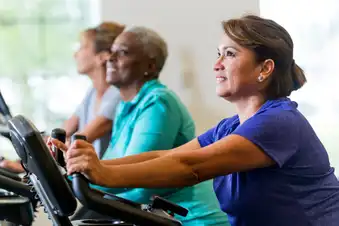
Move Well, Live Better
Osteoporosis can weaken your bones and raise your risk of fractures. Some exercises help strengthen your bones, while others should be avoided. Quick turns, extreme twists, or deep bends can cause damage. Protecting your bones and preventing injuries will help you stay active and enjoy life.
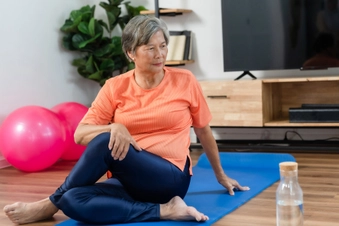
Be Careful When Twisting Your Spine
The most common injuries happen in your hips, wrists, and spine. Quick twists or turns at your waist can raise your risk of a fracture. Some yoga or Pilates moves make you bend your spine. Look for variations where your knees don't put pressure or strain on your back. Be careful not to make sudden turns when you're playing golf, tennis, or bowling, since they can press on your vertebrae and affect your mobility.
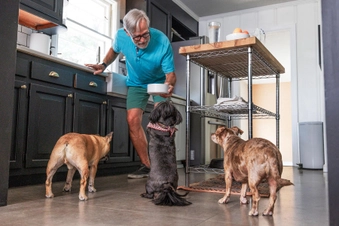
Bending at the Waist
Bending forward from your waist usually helps stretch and loosen your muscles, but if you have osteoporosis, it can put pressure on your spine. Moves like traditional situps or bending down to touch your toes can raise your risk of injury. Be careful with any exercises that make you bend or flex your torso.
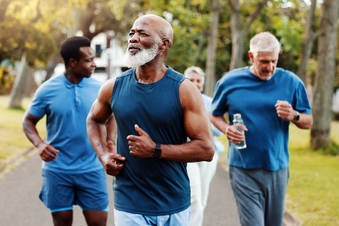
Running and Jumping May Not Be Safe
High-impact exercises like running, jogging, or jumping can put extra stress on your bones if you have osteoporosis. These moves can be intense and aren't considered safe if you have low bone mineral density, meaning there's less calcium in your bones. Continue to move to strengthen your bones and make your muscles, tendons, and ligaments more resilient, but adjust your routine to match your physical condition.
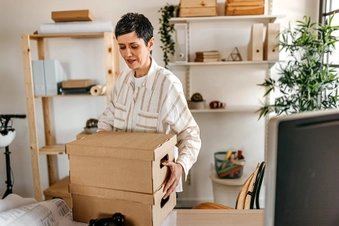
Lifting Heavy Objects
You can strain your vertebrae and hurt your spine by lifting heavy objects. To lift safely, get down on one knee and place one hand on a stable table or chair for balance. Bend from your hips and tighten your abs to protect your back. Keep the object close to your body and use your leg and thigh muscles to lift it. Avoid straining your lower back or twisting your torso.
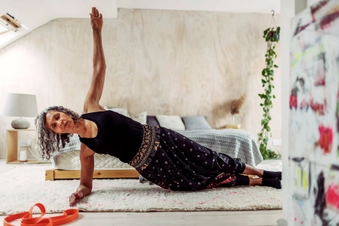
Core Exercises That Protect Your Body
Traditional situps are popular for strengthening your abdominal (belly) muscles. But repeated bending of your torso is not recommended if you have low bone density or osteoporosis. Choose ab exercises that engage and tighten your muscles without repeated movements. The bridge, front plank, and side plank are some alternative positions you can try.
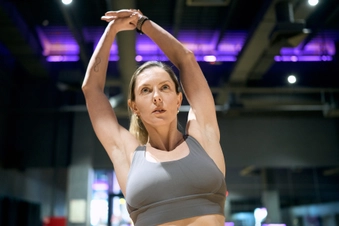
Overhead Stretches
Pay attention to overhead stretches. When you reach for objects in high places, your muscles and bones are under extra strain. If you also twist or bend, it puts even more pressure on your spine. Don't climb on chairs, tables, or other objects – they can be unstable and raise your risk of falls and fractures.
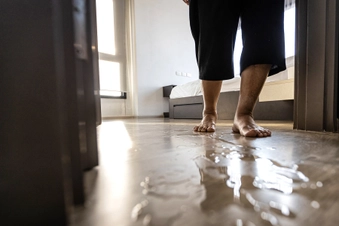
Slips and Falls at Home
Make your home a safe place. Make sure rugs and carpets have a non-slip backing or are secured to the floor to prevent tripping. If you spill water, oil, powder, grains, or even small objects that can roll, clean them up right away to avoid slips and falls. Keep hallways clear of clutter, use good lighting, install handrails on stairs, and put grab bars in the bathroom to help prevent falls.
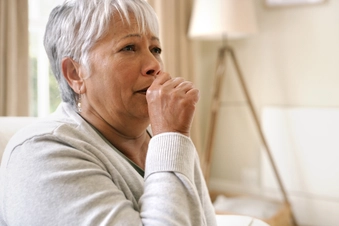
Caution When Coughing or Sneezing
Try not to bend over when you cough or sneeze. This sudden movement can put pressure on your spine, especially if you have osteoporosis. When you sneeze, place one hand behind your back or on your thigh. This simple step makes your spine more stable and reduces the impact of tightening your abdominal muscles.
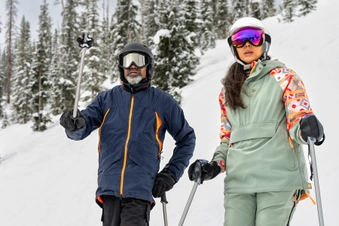
Skating and Skiing
These sports require good balance and are played on uneven or slippery surfaces, which raises your risk of falls and fractures. Their quick moves and sudden turns aren't the best choice if you're at risk of fractures. Always wear shoes with non-slip soles.
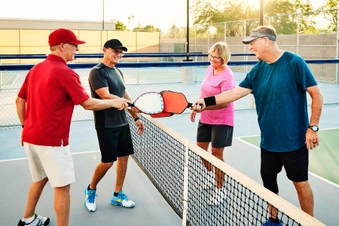
Pickleball
Pickleball is a low-impact sport, but if you have osteoporosis, you can get injured more easily – especially in your ankles and wrists when you bend or twist. Still, because it's a weight-bearing exercise, it can help slow bone loss and improve your balance and coordination. Talk to your doctor to see if it's right for you.
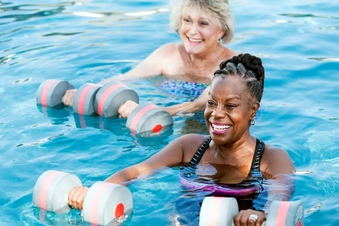
Safe Exercises to Strengthen Your Body
Walking, low-impact aerobics, swimming, dancing, or tai chi are all good options if your doctor says they're safe for you. Training with free weights or resistance bands can strengthen your muscles, tendons, and bones, especially in your upper back, which helps you keep good posture.
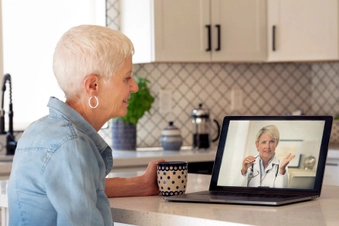
Talk to Your Doctor Before Starting to Exercise
If you have osteoporosis, talk to your doctor before starting exercise. The right mix of strength training, aerobic exercise, and balance work can help if it's right for your condition. Your doctor may recommend 30 minutes of aerobic activity, like walking, five days a week, and muscle-strengthening exercise at least twice a week.
Show Sources
IMAGES PROVIDED BY:
- E+/Getty Images
- E+/Getty Images
- DigitalVision/Getty Images
- iStock/Getty Images
- E+/Getty Images
- Collection Mix/Getty Images
- Moment/Getty Images
- E+/Getty Images
- E+/Getty Images
- iStock/Getty Images
- DigitalVision/Getty Images
- E+/Getty Images
- Photodisc/Getty Images
SOURCES:
Mayo Clinic: "Exercising With Osteoporosis: Stay Active the Safe Way."
International Osteoporosis Foundation (IOF): "Exercise for Individuals with Osteoporosis," "Exercise Depending on Age," "On World Osteoporosis Day, Take Five Steps to Better Bone Health."
Journal of the American Academy of Orthopedic Surgeons: "Pickleball Primer: An Overview of Common Injuries, Treatment, and Optimization Strategies in Pickleball Athletes."
Foundation for Orthopedic Research and Education: "As More People Begin to Play Pickleball, More of Them Are Sustaining Fractures."
Johns Hopkins Medicine: "What You Can Do Now to Help Prevent Osteoporosis."
American University of Beirut: "Three Steps to Unbreakable Bones."
CDC: "Preventing a Fall or Hip Fracture," "Check for Safety: a Home Fall Prevention Checklist for Older Adults."
Cleveland Clinic: "Osteoporosis [Osteoporosis]."
Bone Health & Osteoporosis Foundation (BHOF): "Osteoporosis Frequently Asked Questions (I Have Osteoporosis. Can I Do Yoga Exercises Where I Bend at the Waist and Touch the Floor? Is It Safe to Twist From Side-to-Side?)," "Proper Body Alignment," "Keeping Good Posture, Body Mechanics and Alignment," "Exercise for Healthy Bones," "Boning Up On Osteoporosis," "Protecting Your Fragile Spine," "What to Do If You Break a Bone (Also Called a Fracture)," "25 Ways to Prevent Falls," "Be Bone Strong – Exercise to Stay Healthy."